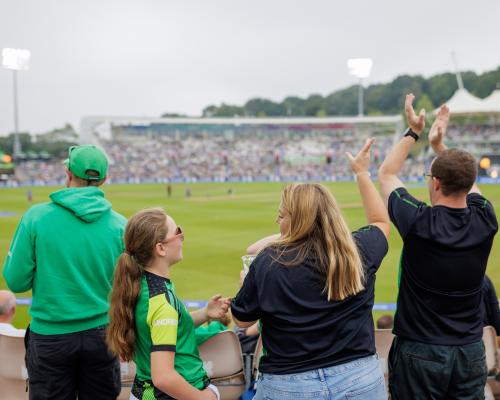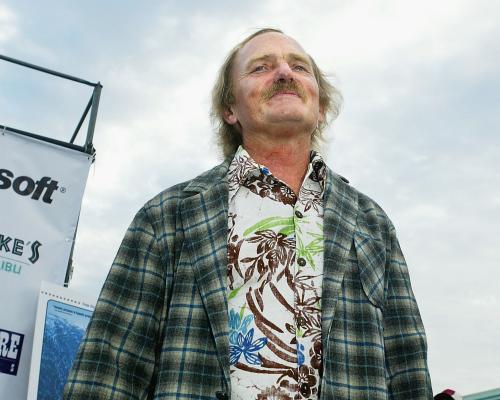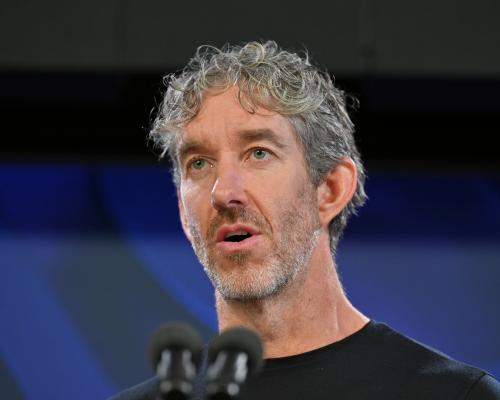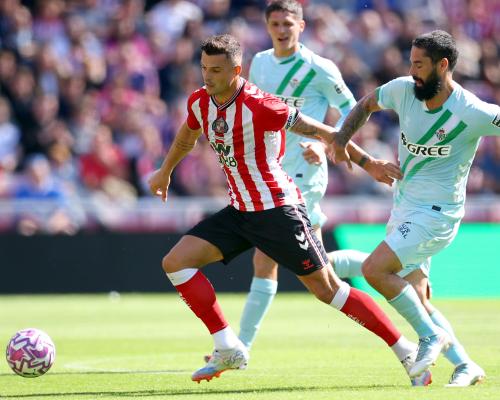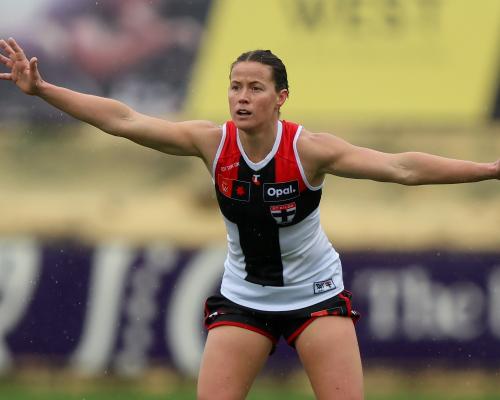
When I signed my first AFLW contract, I called my mum straight away. “I can’t believe it,” I told her. “I’m getting paid to play footy.” It was $8,000 for the season. I was stoked.
Ten seasons later, I look back on that version of myself with fondness and frustration. Back then, we were pioneers – making history just by running out onto the field. We trained at night after work, in borrowed changerooms or demountables, and iced our injuries on our kitchen floors. We didn’t ask for much. We didn’t feel like we could.
Now, the league looks and feels different. It’s more professional. Draftees can focus on footy full time. We have access to proper facilitiies (most of the time). The game is faster, stronger, more skilled, more confident. There’s a growing sense of pride and of identity in what AFLW is becoming. But we have to be honest about what it takes from us.
I work part-time, study part-time and train like a full-time athlete. Most weeks, I feel like I’m running at capacity. I’m proud of what I’ve built outside of football – and I wouldn’t give that up. But it does mean that while on paper I’m a footballer, in practice I’m also a project lead, a student, a person who wakes up early, works all morning, trains all afternoon, and collapses into bed after tidying up a few tasks, knowing I have to do it all again the next day. I’m not the only one. The league is split. Younger players, often still at home, can devote everything to footy. Older players are juggling it all, and exhausted doing so. We push through, because we love the game.
We want to build something lasting, but how can we when the goalposts are constantly shifting? Ten seasons, 10 different structures – different start dates, different finals series, different lengths. If we want AFLW to keep growing, it needs consistency, so players, fans and clubs can plan, build and believe in the long-term. Elite athletes thrive on consistency: of training blocks, of competition schedules, of preparation routines. Yet AFLW seems allergic to this fundamental principle. When we started in 2017, we played in summer with just seven games. Fast-forward to today and we play across winter and spring, with multiple rules changes, and a different number of games each season.
This constant flux isn’t just administratively annoying – it’s physiologically damaging and takes a serious mental toll. Your body adapts to training periodisation. Your mind craves predictable rhythm. When you don’t know when the next season starts, or how long it will run, you’re setting yourself up for either under-preparation or burnout. This year alone, I spoke with friends from other teams – all of whom spent the first months of the year completely differently. Some played VFLW, some did running, some did nothing. Everyone is doing something different, and each year presents a new challenge because there’s no blueprint to follow.
While the AFL has just confirmed the AFLW will remain in its current time slot indefinitely (between August and November), there is still the question of rule changes, number of games and what the matches look like. You can’t perfect what you can’t predict. You can’t optimise preparation when the target keeps shifting.
Compare this to established sporting competitions worldwide. The AFL season runs for roughly the same duration each year. The Premier League has maintained consistent season structures for decades. Athletes in these competitions can plan multi-year development cycles because they know what they’re training for.
The inconsistency extends beyond scheduling to our systems. The reality is stark: part-time support staff managing full-time injuries. Our physiotherapists juggle other jobs, and are available throughout the six months of the year we are in season. When you’re nursing a grade-two hamstring tear or battling chronic shoulder instability, you can’t reschedule your recovery around someone else’s availability. Yet that’s exactly what we’re forced to do. Minor issues snowball into season-ending problems and we’re left scrambling to find continuity in our care.
What people don’t see is the mental burden this places on us. This isn’t about making excuses – it’s about recognising that true athletic performance requires excellence in support systems too. We deserve better than hoping our bodies hold together long enough to showcase our talents. We deserve infrastructure that matches our commitment, medical support that prioritises our health as much as our performance, and competition structures stable enough to allow us to reach our peak potential.
With so much turmoil in the world – conflict, climate crises, division – AFLW offers a rare sense of unity. It’s an inclusive, joyful space that reminds us what community can be when we get it right.
The talent is rising, the personalities are shining, and the stories behind the game – the banter, the gossip, the resilience – are worth sharing. We don’t want to be just like the men’s league. We’re building something that’s our own – more connected and more grounded. In a way, AFLW takes us back to what footy used to be. There’s a sense of nostalgia playing at local fields, a contested game. But we do want to be taken seriously. That means seeing us not as a side project, but as a central part of the AFL’s future.
-
Nicola Barr is an AFLW player with St Kilda and the Decarbonising Sport Lead at FrontRunners.


